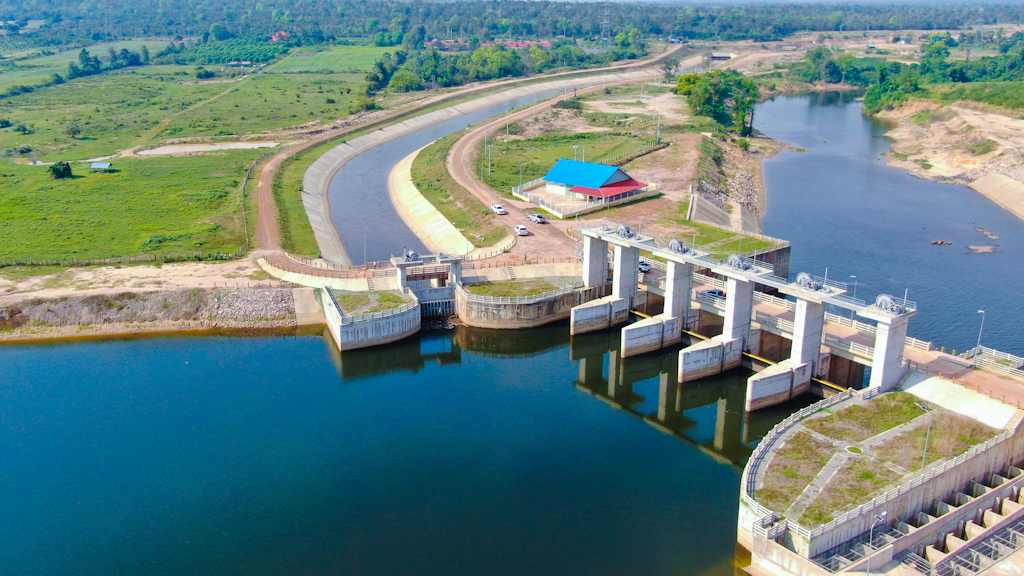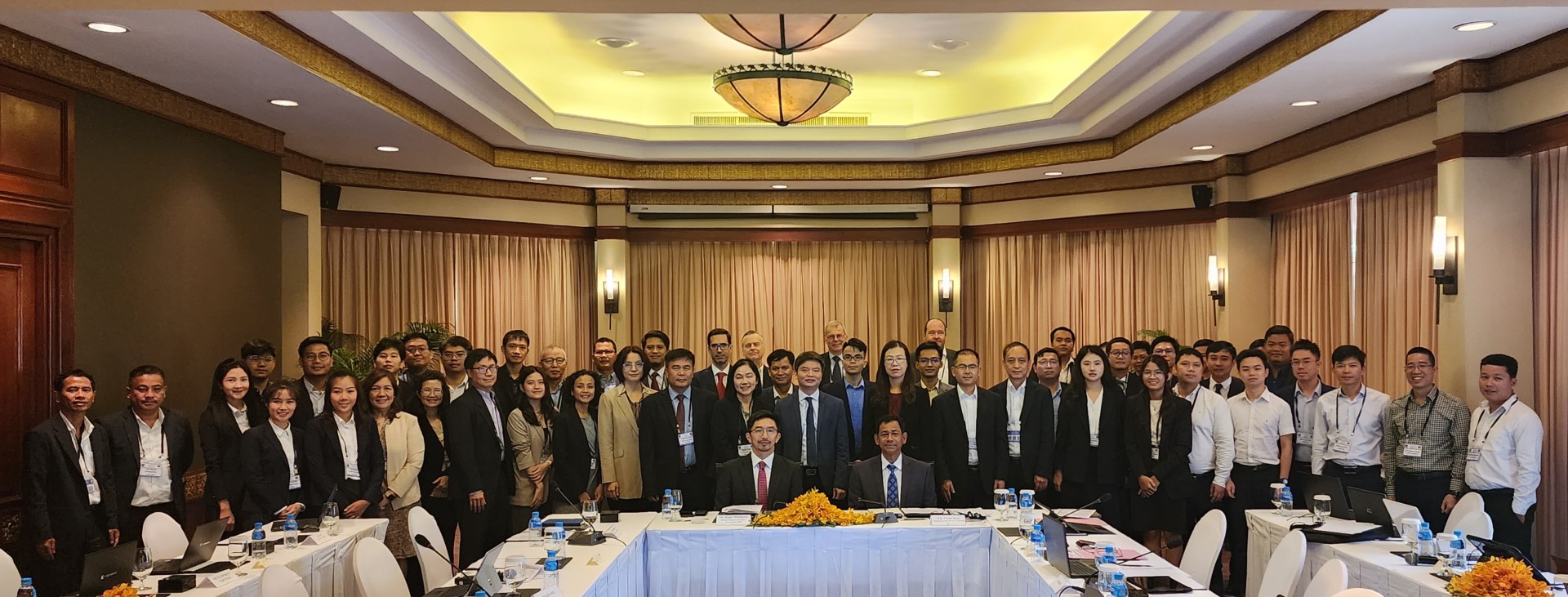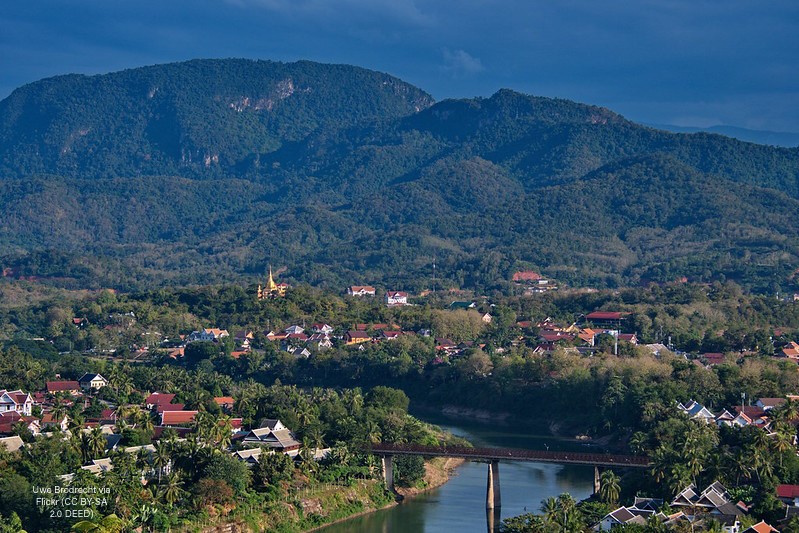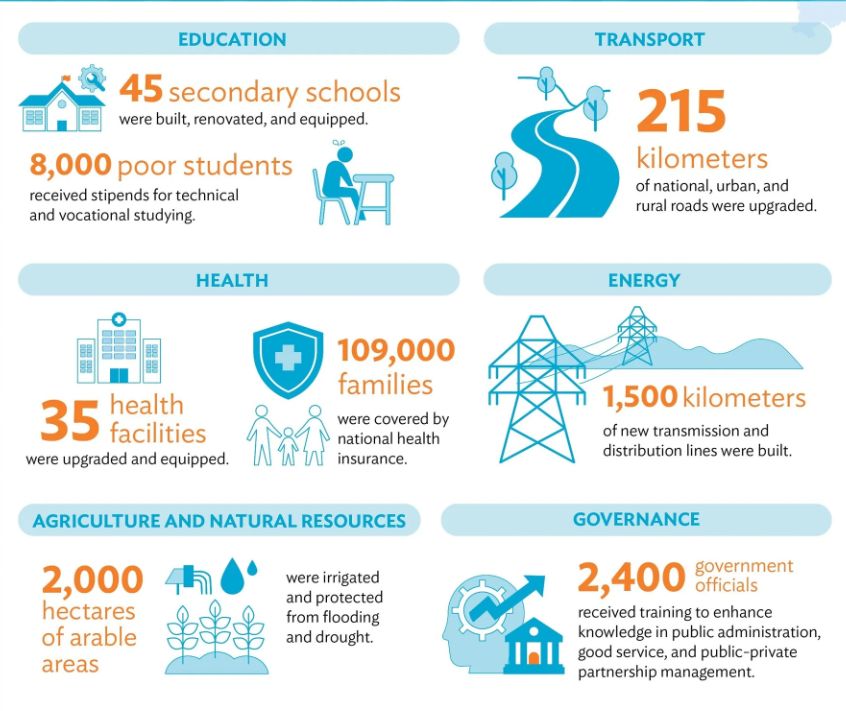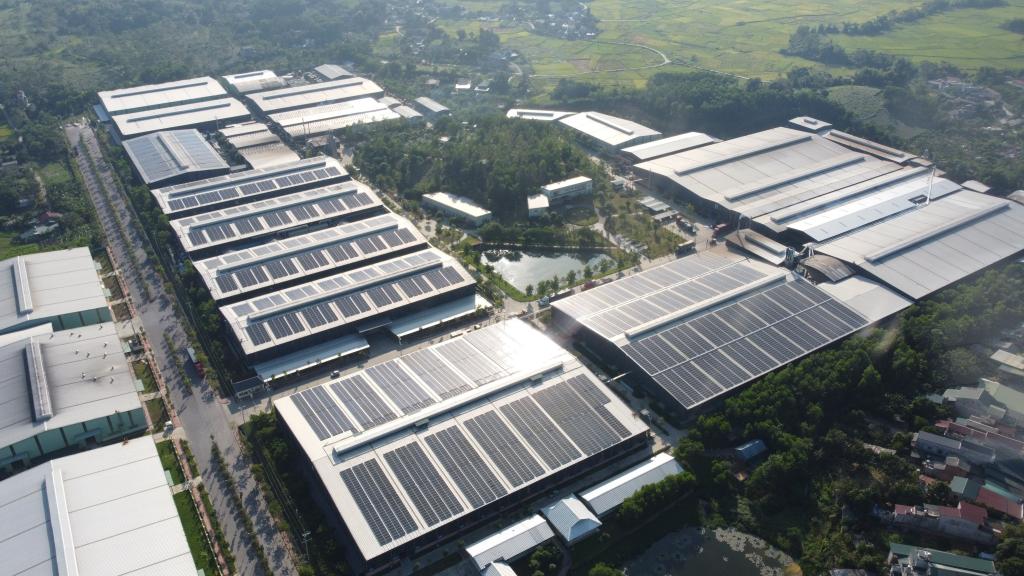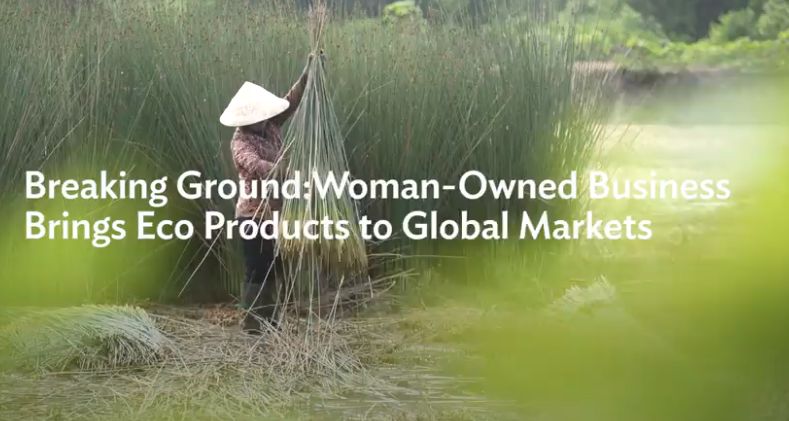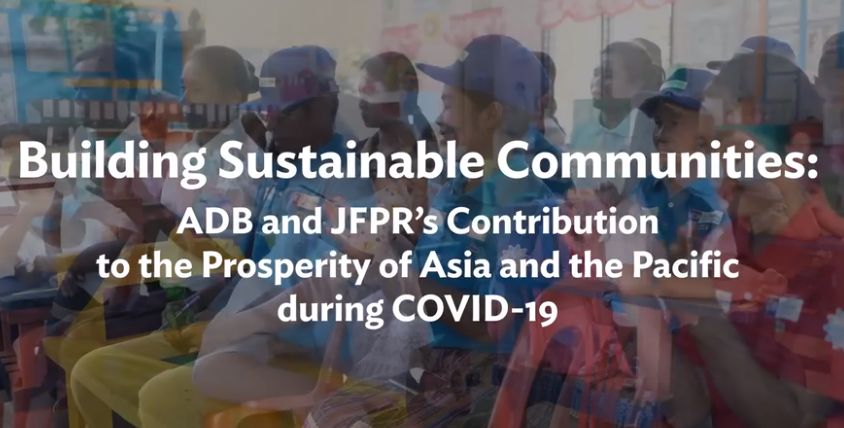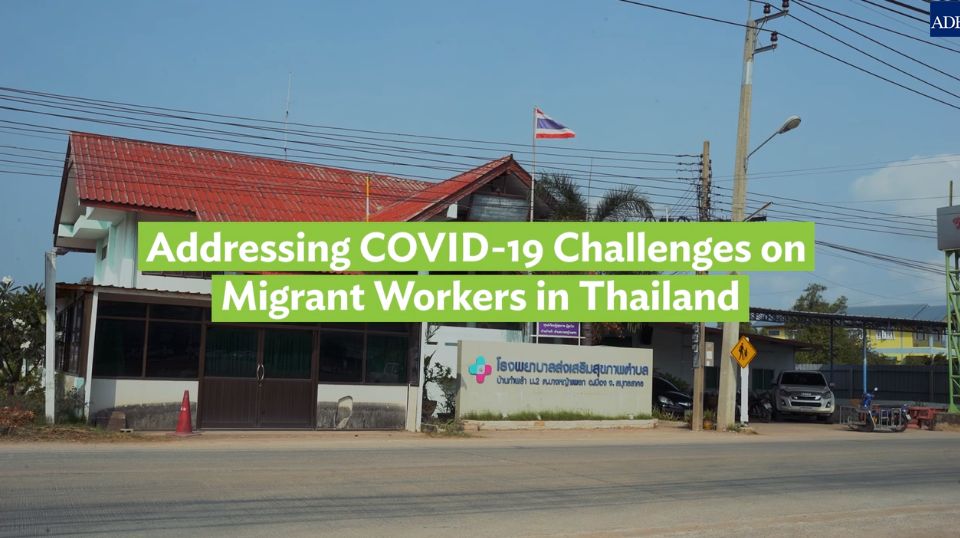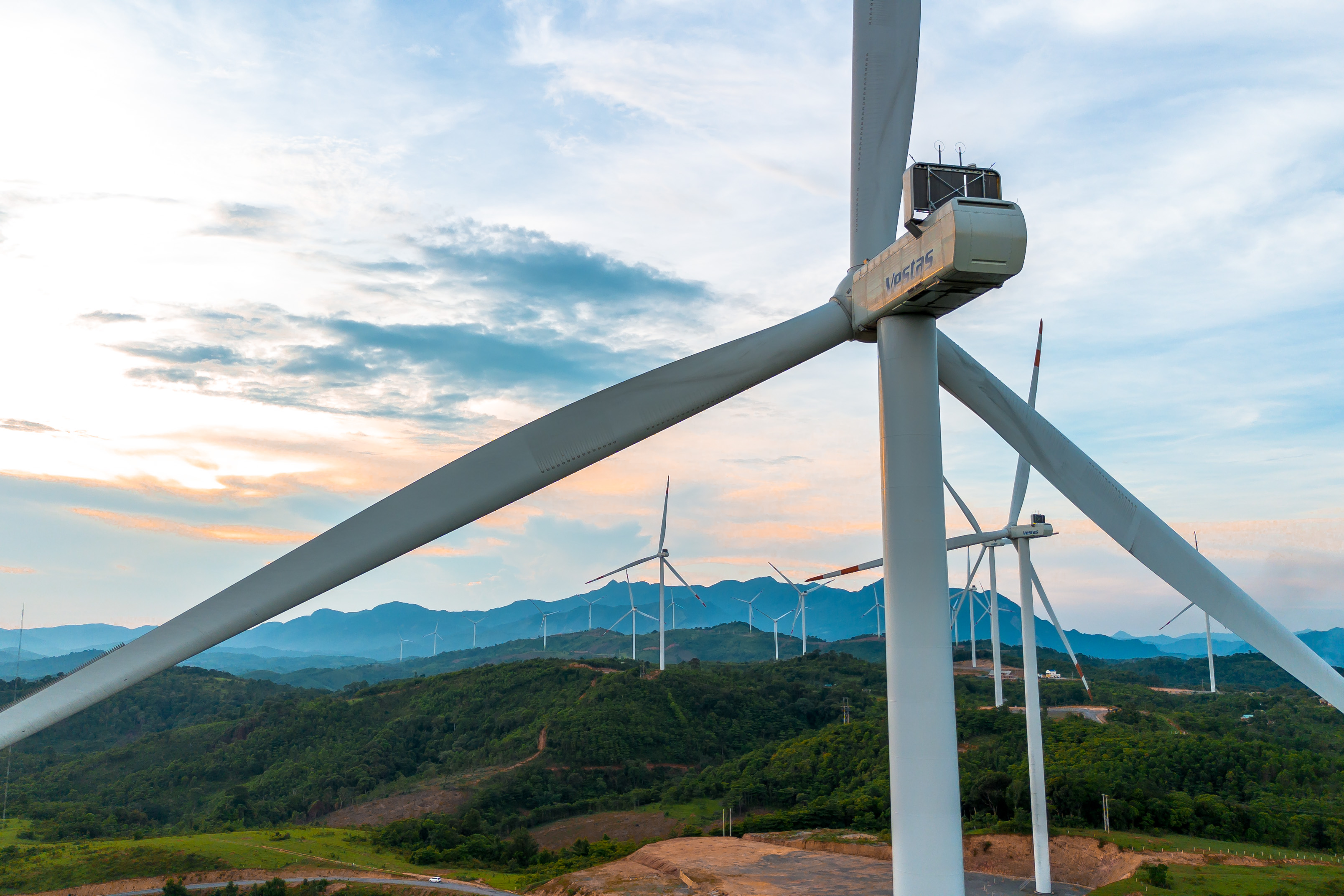Case Study: GMS Flood and Drought Risk Management and Mitigation Project
The Greater Mekong Subregion Flood and Drought Risk Management and Mitigation Project was approved by the Asian Development Bank (ADB) in December 2012 to support the Government of Cambodia in undertaking measures to prepare for and manage disaster risks linked to floods and droughts. Completed in February 2022, the project supported the rehabilitation of the Damnak Chheukrom Mega Irrigation System.

